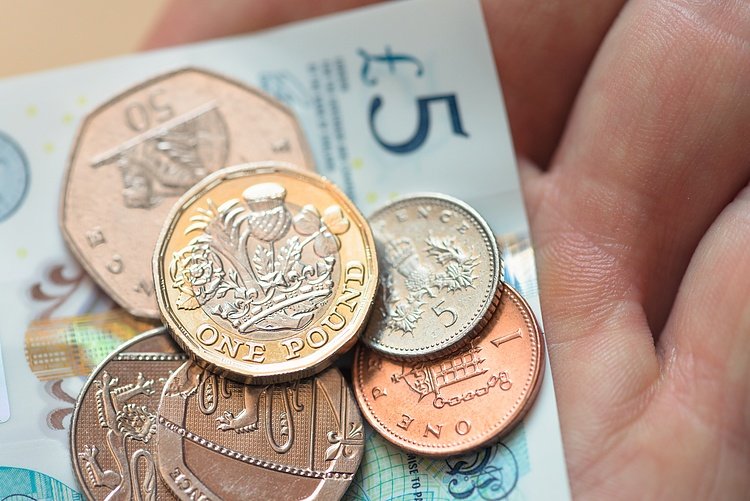- GBP/USD slid back below 1.3200 on Wednesday.
- Recent bullish market flows are taking a breather.
- Rate-cut-hungry markets look ahead to Friday’s US PCE inflation.
GBP/USD fell back below 1.3200 on Wednesday after near-term bullish momentum eased. Markets have piled into a one-sided risk appetite stance as investors hunker down for the long wait to an anticipated kickoff of a rate-cutting cycle from the Federal Reserve (Fed) in September.
UK economic data remains limited this week, leaving the Pound Sterling exposed to broad-market sentiment flows. US Gross Domestic Product (GDP) figures are slated to release on Thursday, but little movement is expected as markets have broadly priced in Q2 annualized GDP growth to hold steady near 2.8%.
US Personal Consumption Expenditure Price Index (PCE) inflation due on Friday remains the week’s key print, and investors are shuffling their feet while they wait for signs that inflation will continue to ease, or at least not rise, fast enough that the Federal Reserve (Fed) will be kept on rails to deliver a hotly-anticipated rate cut on September 18.
GBP/USD price forecast
GBP/USD gave up ground on Wednesday, retreating from fresh 29-month highs hit this week. Downside momentum remains limited for the time being, but bids have slipped back below the 1.3200 handle and bearish momentum has plenty of room to run with price action trading well north of the 200-day Exponential Moving Average (EMA) at 1.2695.
GBP/USD daily chart
Pound Sterling FAQs
The Pound Sterling (GBP) is the oldest currency in the world (886 AD) and the official currency of the United Kingdom. It is the fourth most traded unit for foreign exchange (FX) in the world, accounting for 12% of all transactions, averaging $630 billion a day, according to 2022 data. Its key trading pairs are GBP/USD, aka ‘Cable’, which accounts for 11% of FX, GBP/JPY, or the ‘Dragon’ as it is known by traders (3%), and EUR/GBP (2%). The Pound Sterling is issued by the Bank of England (BoE).
The single most important factor influencing the value of the Pound Sterling is monetary policy decided by the Bank of England. The BoE bases its decisions on whether it has achieved its primary goal of “price stability” – a steady inflation rate of around 2%. Its primary tool for achieving this is the adjustment of interest rates. When inflation is too high, the BoE will try to rein it in by raising interest rates, making it more expensive for people and businesses to access credit. This is generally positive for GBP, as higher interest rates make the UK a more attractive place for global investors to park their money. When inflation falls too low it is a sign economic growth is slowing. In this scenario, the BoE will consider lowering interest rates to cheapen credit so businesses will borrow more to invest in growth-generating projects.
Data releases gauge the health of the economy and can impact the value of the Pound Sterling. Indicators such as GDP, Manufacturing and Services PMIs, and employment can all influence the direction of the GBP. A strong economy is good for Sterling. Not only does it attract more foreign investment but it may encourage the BoE to put up interest rates, which will directly strengthen GBP. Otherwise, if economic data is weak, the Pound Sterling is likely to fall.
Another significant data release for the Pound Sterling is the Trade Balance. This indicator measures the difference between what a country earns from its exports and what it spends on imports over a given period. If a country produces highly sought-after exports, its currency will benefit purely from the extra demand created from foreign buyers seeking to purchase these goods. Therefore, a positive net Trade Balance strengthens a currency and vice versa for a negative balance.















